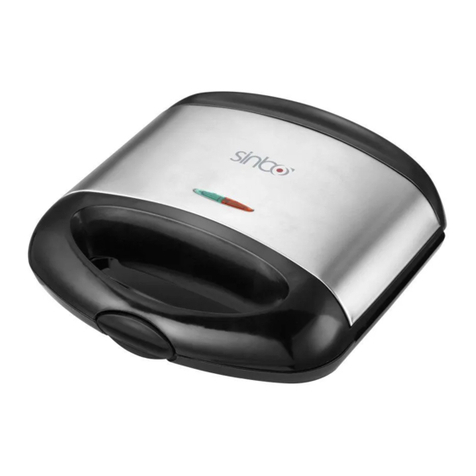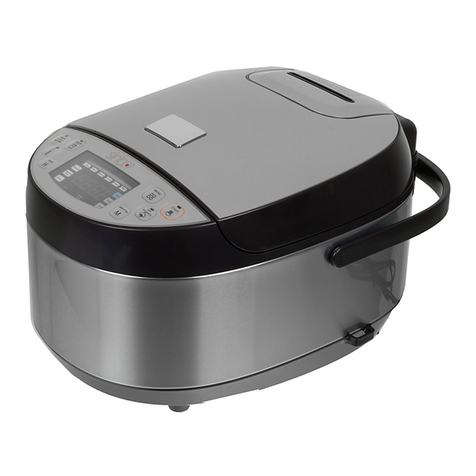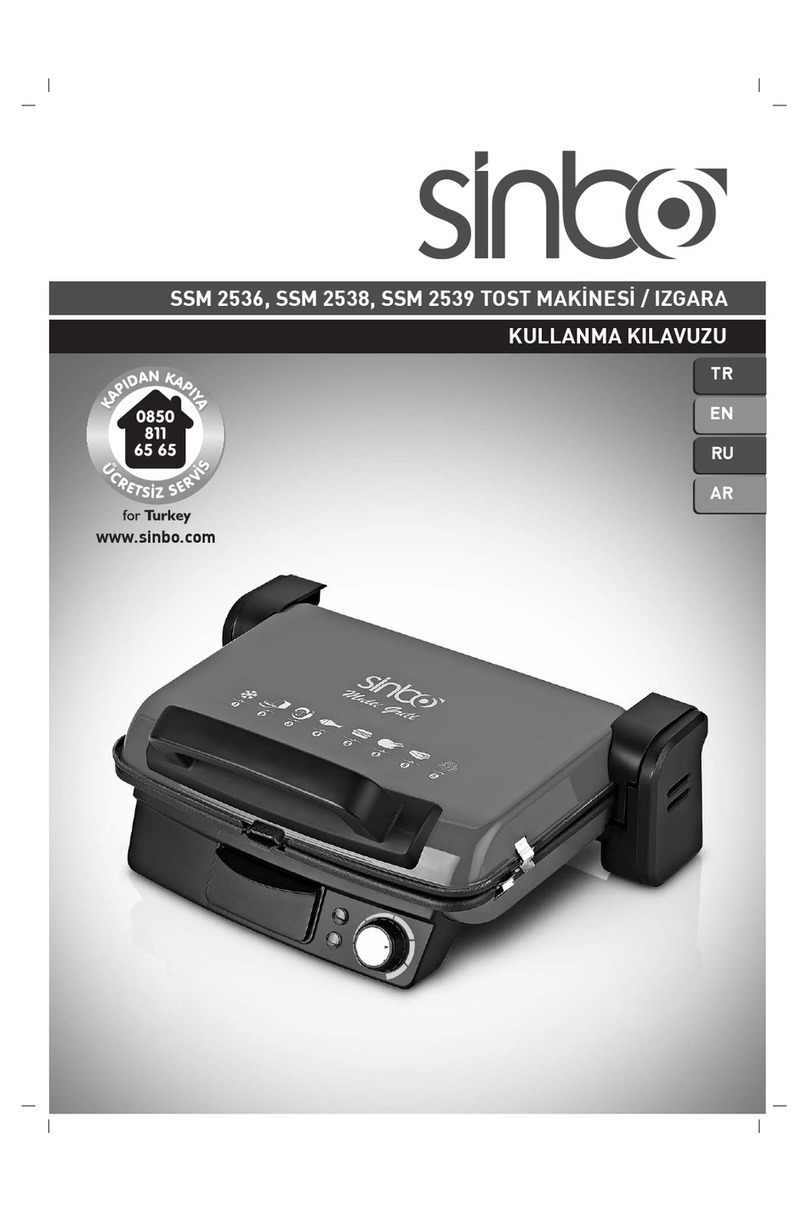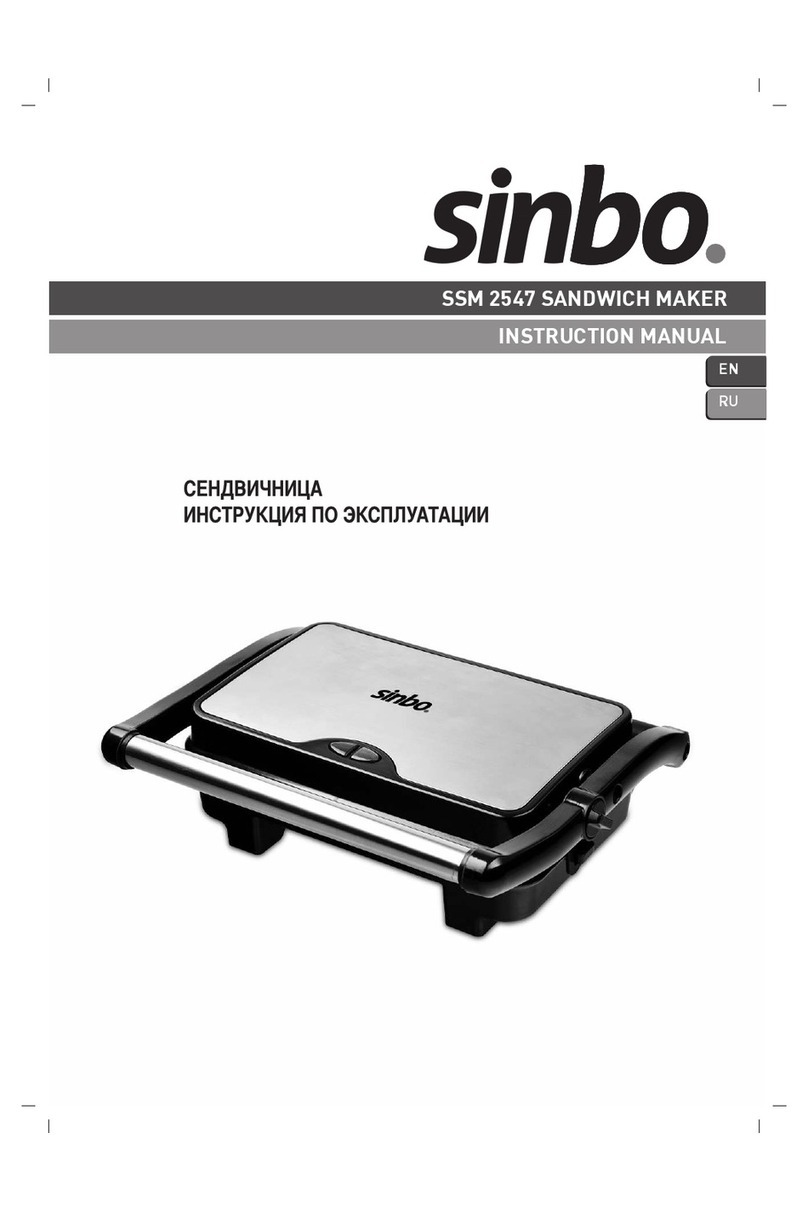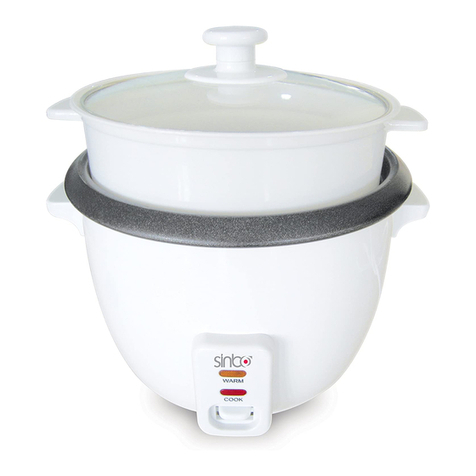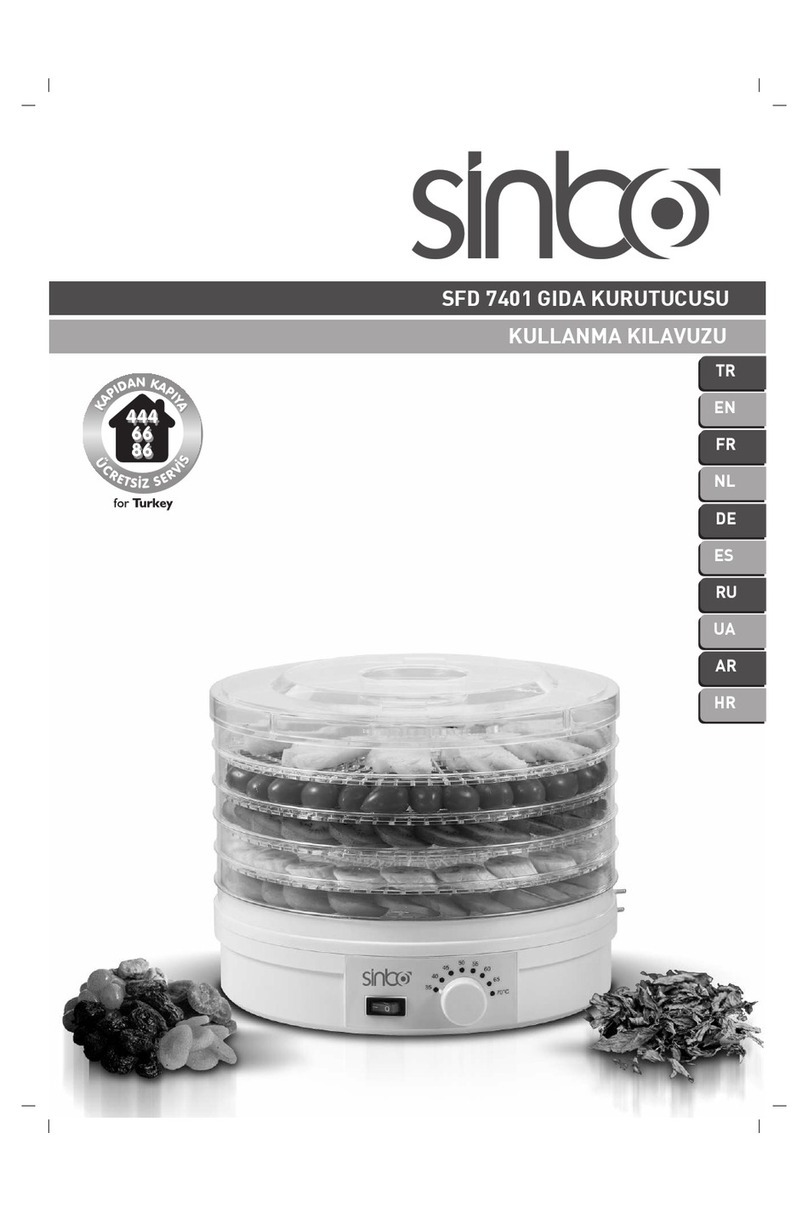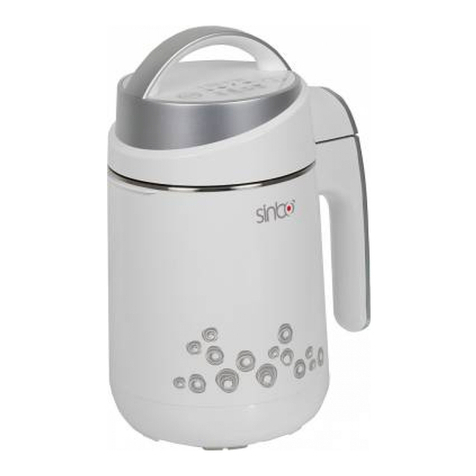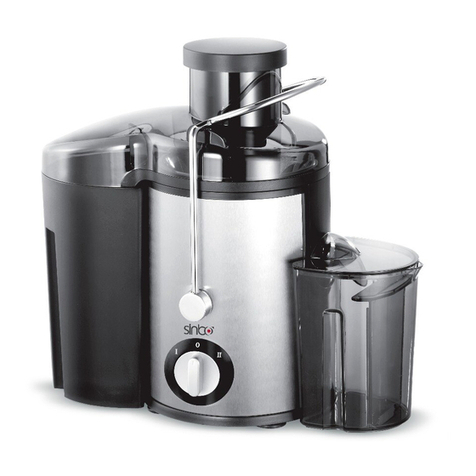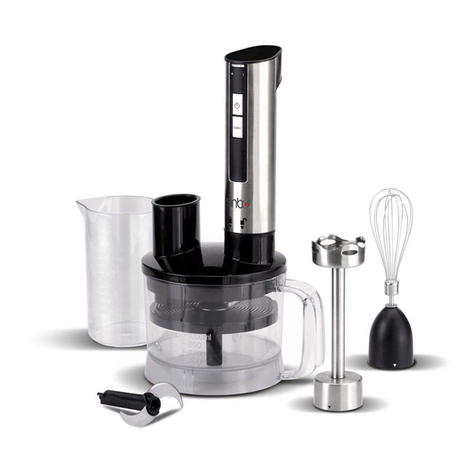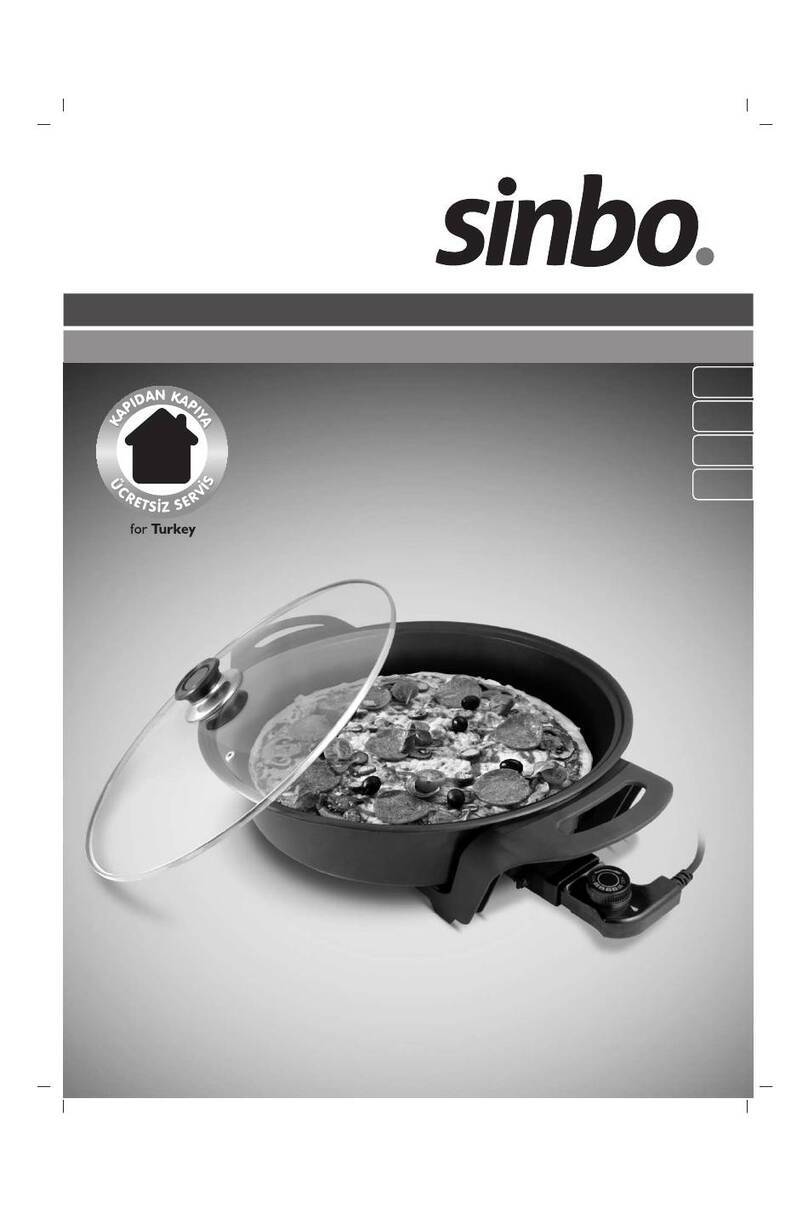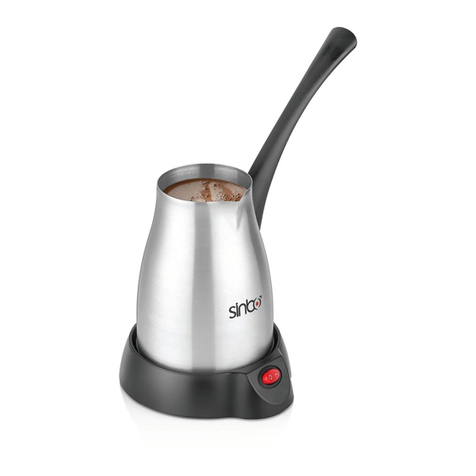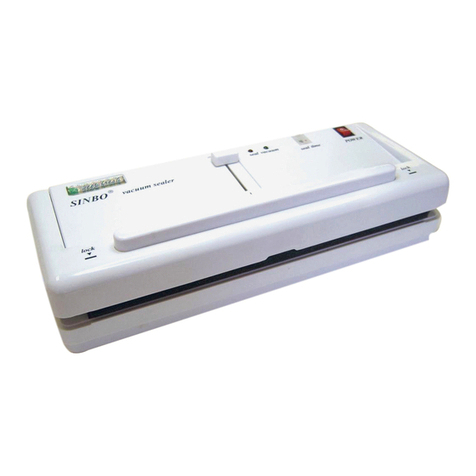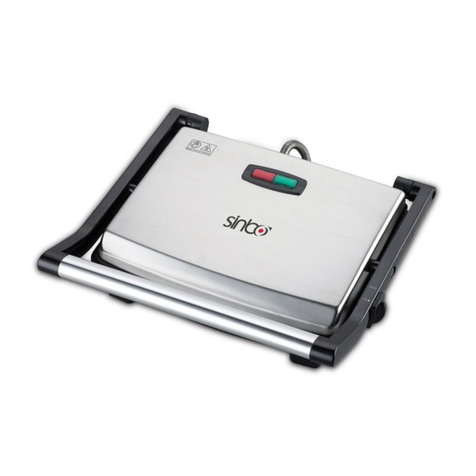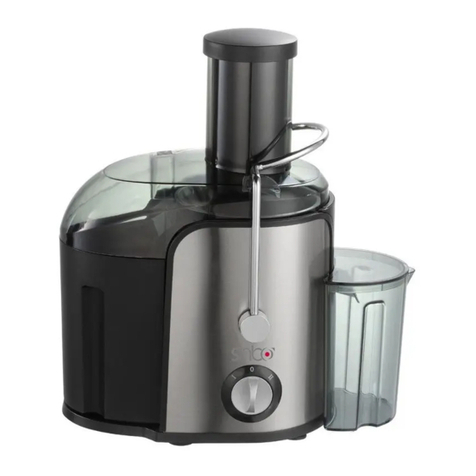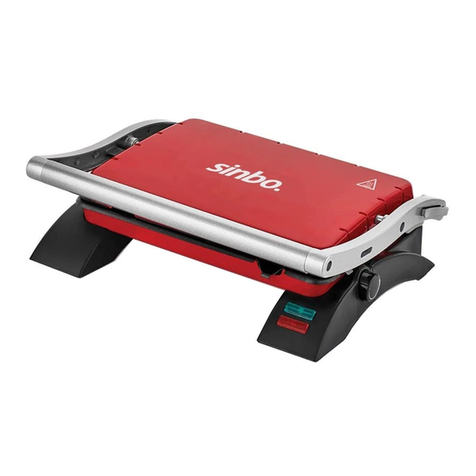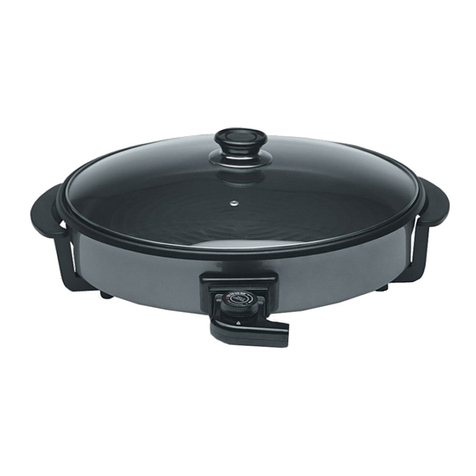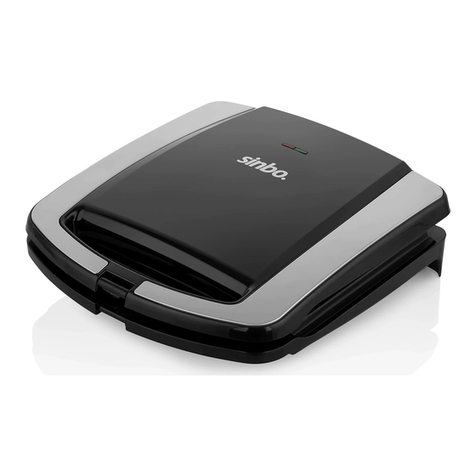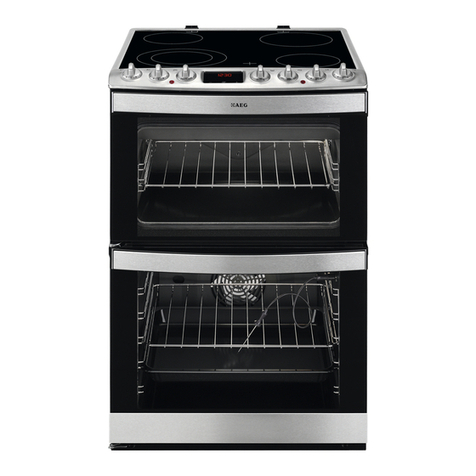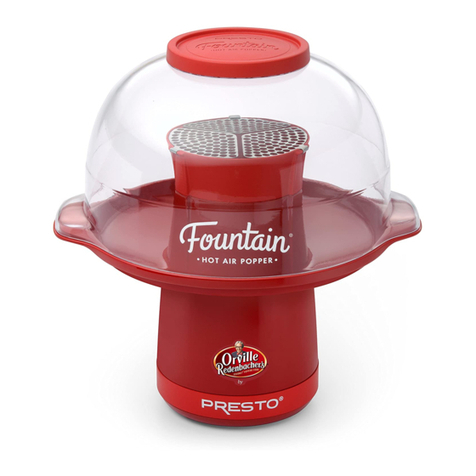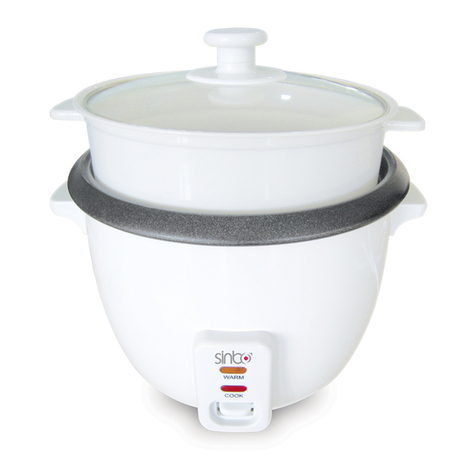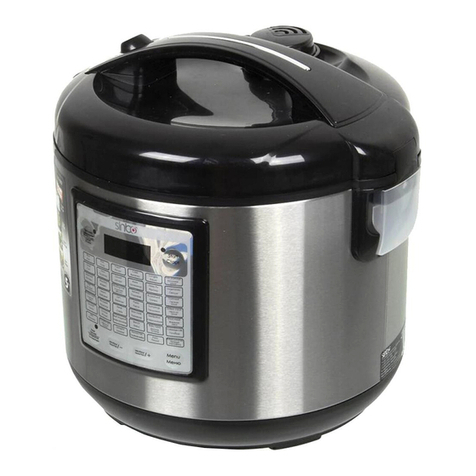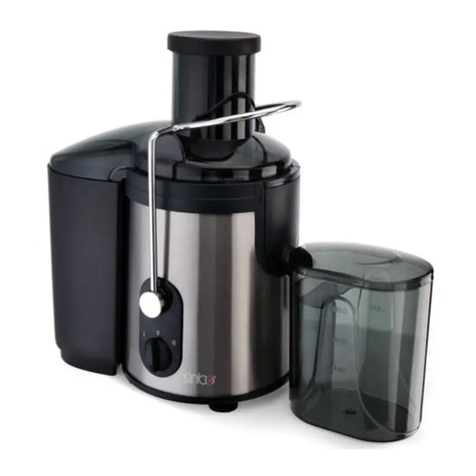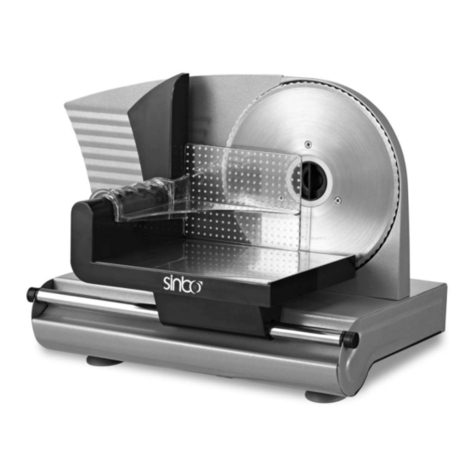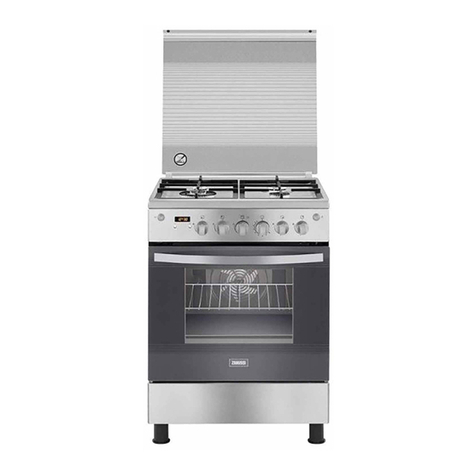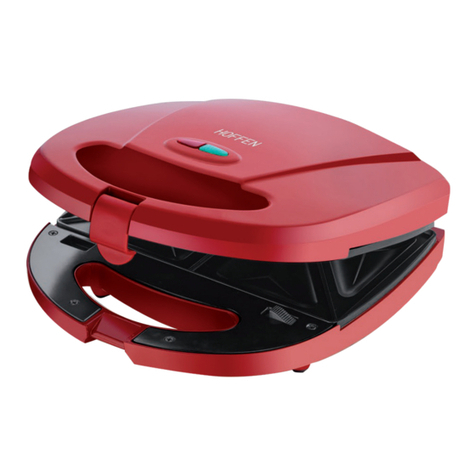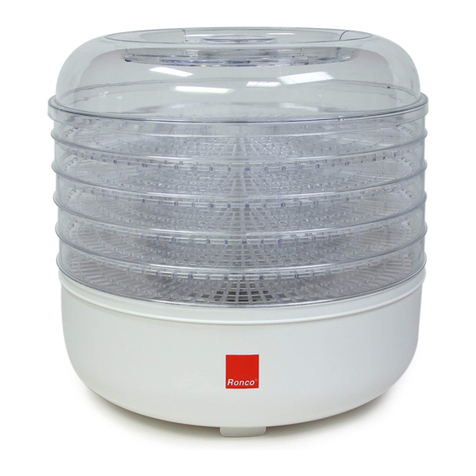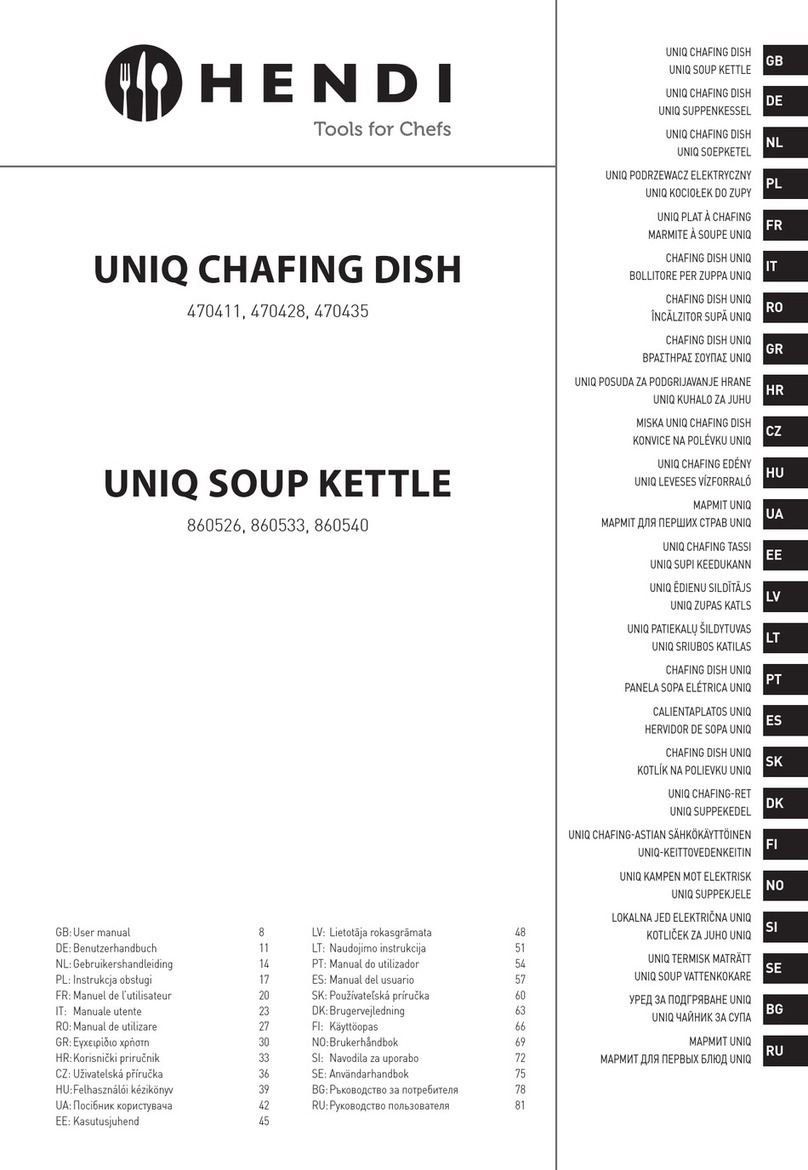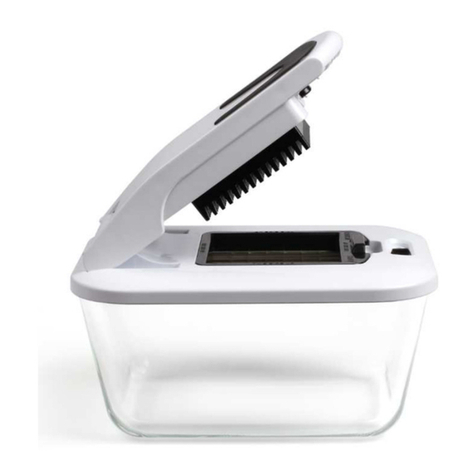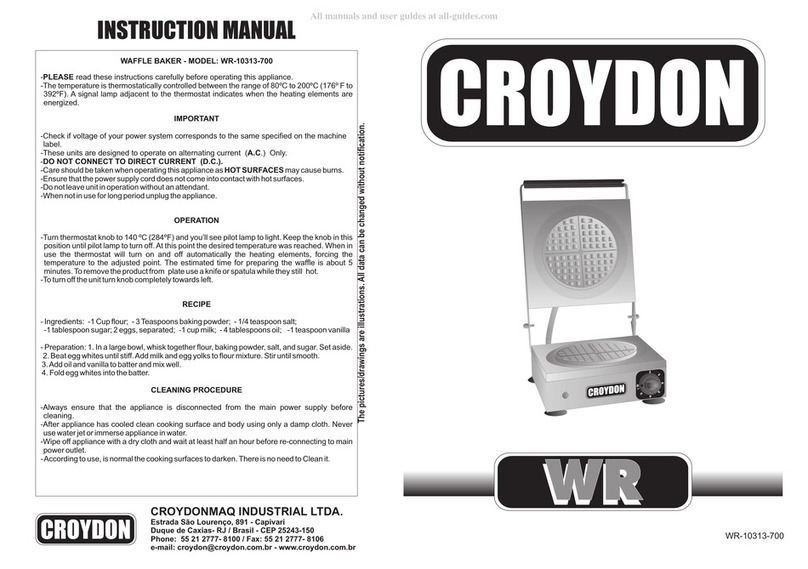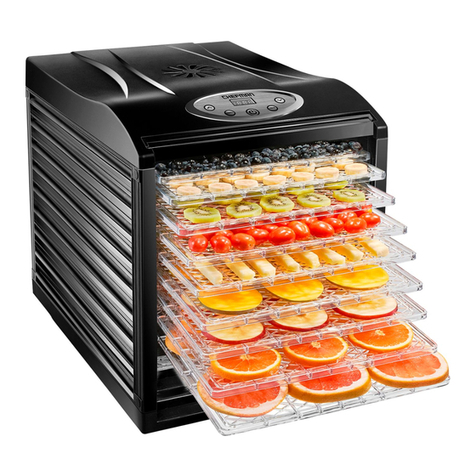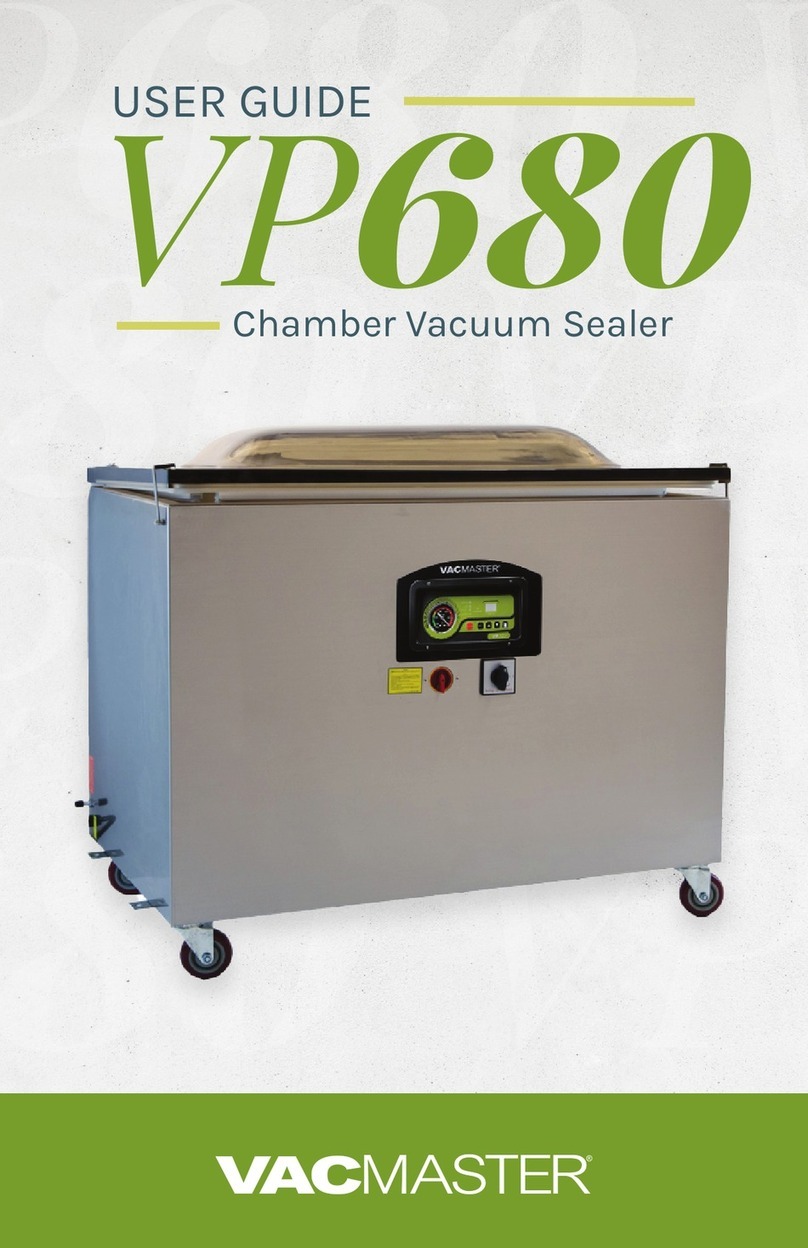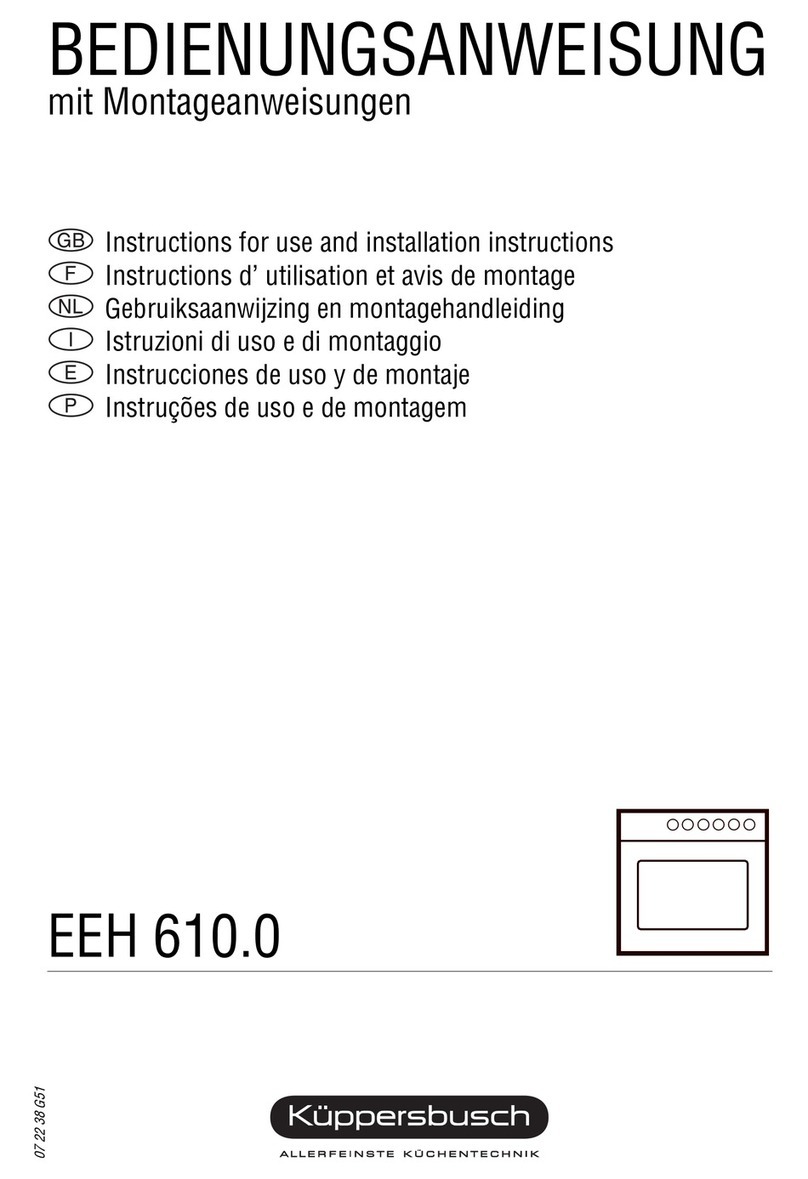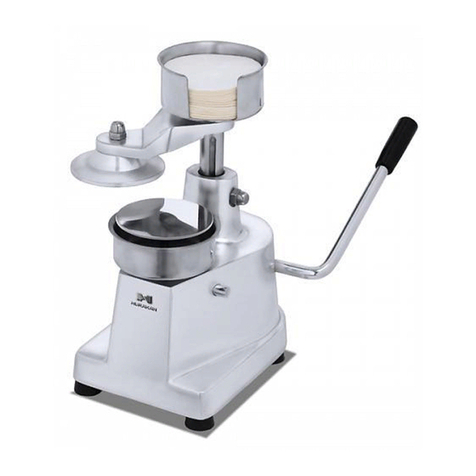
- 4 -
General Dehydrating Information
Safety precaution: Wash hands thoroughly prior to preparing food for dehydrating.
Likewise, thoroughly clean all utensils, cutting boards, and counters that be used for
preparing food. Wash food before preparing them for dehydrating.
* When selecting food for drying, choose those that are at peak eating quality. Avoid
overripe* or immature fruits and vegetables. Remove any parts of the food that are
bruised or blemished.
* For even drying, cut food into uniform size, shapes, and thickness.
Drying time are highly variable depending on the type and amount of food, thickness,
evenness of food pieces, humidity, air temperature, personal preference, and even the
age of the plant at the time of harvesting. That is why throughout the book you will notice
there is a range of average drying times. In some cases you may find you may need to,
or prefer to, dry you foods for shorter or longer periods than those listed. For best results,
begin checking your food at the beginning of the range listed in the instructions. You
should then gauge how often you should recheck the food based on how the drying is
progressing. With some foods, such as herbs, that may mean every 10 minutes, and with
other foods, such as fruits, that may mean every 1-2 hours.
* Dehydration prevents microbial growth, however, chemical reaction caused by enzymes
in fruits and vegetables can occur unless the product is pretreated before drying..
Pretreatment will prevent or minimize undesirable color and texture changes during
drying and storage. See specific sections for recommend pretreatment.
* Place food in a single layer on the trays. Do not allow food to touch or overlap.
* When drying the strong-smelling foods, such as onions and garlic, be aware that there
will be a strong odor during the drying process. That odor may linger after drying has
been complete.
* Individual pieces of food may not all dry at the same time. Foods that are appropriately
dried should be removed before those that still require additional drying.
Always check all of the trays for food that are appropriately dried.
* If one tray of food is finished before the others, remove the dried food and return the
empty tray to the unit rather than rearranging the trays.
* Do not add fresh fruits and vegetables to a partially dried load. This will add moisture
and increase the drying time.
* Allow for continuous drying. Do not unplug the dehydrator in the middle of the drying
circle and resume drying at a later time as this may result in poor quality and /or unsafe
food.
Packaging and Storage
Dried foods need to be properly packaged to prevent reabsorption of moisture and
microbial deterioration. Pack food in clean, dry, airtight containers. Glass jars or freezer
containers with tight-fitting lids are good for storage. Releasable plastic freezer bags
